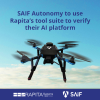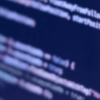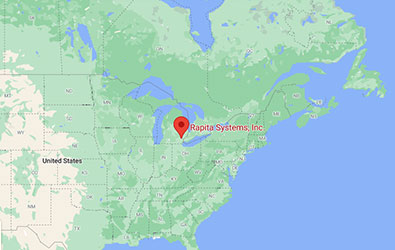The latest version of the on-target software verification tool suite for critical real-time embedded avionics systems was launched at Avionics Europe 2013 today.
RVS 3.1 includes:
- The Report Comparison facility which gives software developers the opportunity to see “before” and “after” data. This means they can assess the impact of any optimization work on a step-by-step basis, rather than at the end of the analysis;
- A significantly faster GUI, with early customer previews seeing marked reductions in the time required to load a large report;
- A new report navigator function providing quick access to files and function lists;
- The addition of a new Send Feedback option in the help menu. Users can compose questions to Rapita’s support team which include annotated screenshots or the report they are looking at, with or without the source code.
RVS Explained
RVS (Rapita Verification Suite) 3.1 provides target support for typical avionics processors, toolchains and real-time operating systems. The cornerstones of RVS 3.1 are a blend of specially created verification and code coverage tools:- RapiTime is an automated on-target timing analysis tool which measures performance, determines worst-case execution time (WCET), and guides optimization efforts;
- RapiCover is an on-target code coverage measurement tool which supports system and integration testing processes, involves minimal instrumentation, and provides an adaptable approach to on-target code coverage measurement. RapiCover also supports coverage up to MC/DC.
Report Comparison
The new Report Comparison feature allows developers to:- Display two reports together and assess the effectiveness of their optimization work;
- Compare an old build and a new one to see the impact on worst-case execution time and the code on the WCET path;
- See the high-water paths and differences on two separate reports;
- On a multicore system, assess whether the same code takes the same time to execute on different cores;
- Compare all fields presented on the main report and see "before" and "after" data.

 SAIF Autonomy to use RVS to verify their groundbreaking AI platform
SAIF Autonomy to use RVS to verify their groundbreaking AI platform
 Hybrid electric pioneers, Ascendance, join Rapita Systems Trailblazer Partnership Program
Hybrid electric pioneers, Ascendance, join Rapita Systems Trailblazer Partnership Program
 Magline joins Rapita Trailblazer Partnership Program to support DO-178 Certification
Magline joins Rapita Trailblazer Partnership Program to support DO-178 Certification
 How to certify multicore processors - what is everyone asking?
How to certify multicore processors - what is everyone asking?
 Data Coupling Basics in DO-178C
Data Coupling Basics in DO-178C
 Control Coupling Basics in DO-178C
Control Coupling Basics in DO-178C
 Components in Data Coupling and Control Coupling
Components in Data Coupling and Control Coupling
 DO-278A Guidance: Introduction to RTCA DO-278 approval
DO-278A Guidance: Introduction to RTCA DO-278 approval
 ISO 26262
ISO 26262
 Data Coupling & Control Coupling
Data Coupling & Control Coupling
 Verifying additional code for DO-178C
Verifying additional code for DO-178C
 DO-178C Multicore In-person Training (Bristol)
DO-178C Multicore In-person Training (Bristol)
 XPONENTIAL 2025
XPONENTIAL 2025
 Avionics and Testing Innovations 2025
Avionics and Testing Innovations 2025
 DO-178C Multicore In-person Training (Fort Worth, TX)
DO-178C Multicore In-person Training (Fort Worth, TX)













